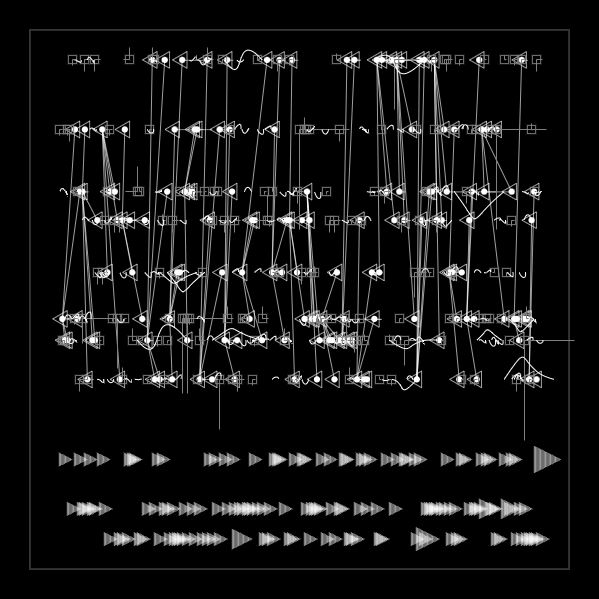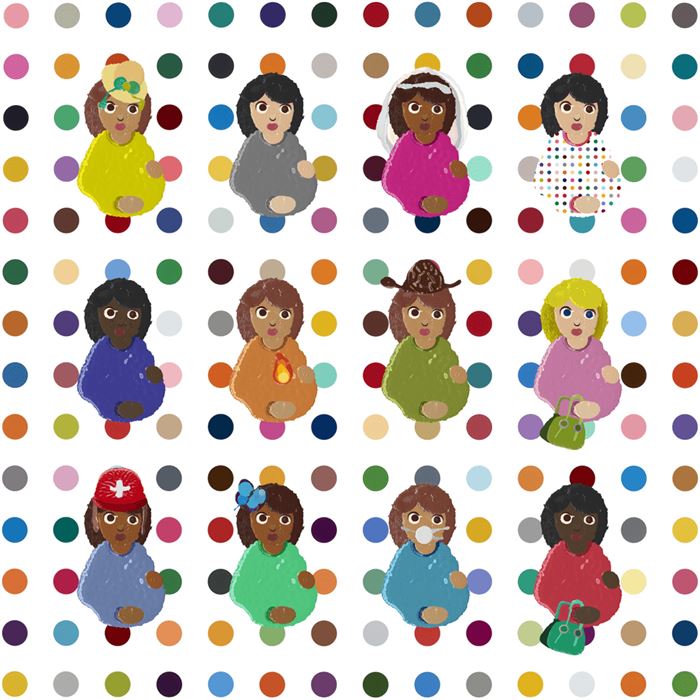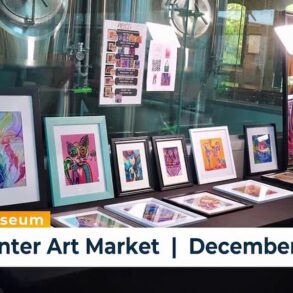The Impact of Mega Galleries

Trevor Paglen, PRELUDES #191 (2022). Photo: OpenSea.
The initial wave of NFT adoption in 2021 brought star power to the blockchain as renowned mega galleries ventured into tokenized digital art for the first time. Most influential was Pace Gallery, which introduced Pace Verso, its dedicated NFT division. Collaborating with platforms like ArtBlocks and PROOF, Pace released collections by artists such as Trevor Paglen, A.A. Murakami, and John Gerrard, infusing Ethereum’s cypherpunk ethos with the sophistication of the Chelsea gallery district. These releases quickly sold out, cementing Pace Verso as a key cultural node that found product market fit within the Web3 art ecosystem.
The output from Pace Verso has since slowed considerably, and other mega galleries have been notably cautious in their forays into the space. Gagosian hosted a companion exhibition to Urs Fischer’s CHAOS NFT series in 2022, but David Zwirner and Hauser & Wirth have yet to enter the fold.
A renewed commitment from one or more of these powerhouse galleries could provide the spark necessary to reinvigorate the sector. Should Pace Verso reemerge with fresh initiatives, or if another of the mega galleries decides to bring one of their rostered artists on chain, the ripple effects could draw in new collectors, rekindle enthusiasm and provoke a flurry of cultural activity around tokenized art.
A Second Wave of Star Artists?
 Damien Hirst, Great Expectations 8,978 (2021). Photo: OpenSea.
Damien Hirst, Great Expectations 8,978 (2021). Photo: OpenSea.
The last cryptocurrency bull run saw a number of high-profile artists enter the NFT space, with results that varied as widely as their creative styles. Damien Hirst’s The Currency (2021) became a benchmark for conceptual blockchain projects, yoking the aesthetics of his iconic spot paintings to a driving question regarding the intrinsic value of digital art. The collection sold out and entitled its holders an airdrop from the Hirst NFT series Great Expectations, inspired by the art he created for Drake’s album Certified Lover Boy.
Meanwhile, Marina Abramović ventured into Web3 with The Hero 25 FPS (2022), a project that she conceptualized as a blockchain performance shaped by user engagement with frames from her past video work, The Hero (2001). Despite her star status, Abramović’s collection, launched on Tezos, struggled to sell.
Other major contemporary artists, such as Takashi Murakami, Shepard Fairey and Pussy Riot have also tested the waters over the last couple of years. Murakami.Flowers (2022) are a 10,161 piece profile picture collection of his iconic smiley-face flowers, while Fairey and Pussy Riot’s Putin’s Ashes, a 953-piece edition, was created to coincide with the installation of the same name at Jeffrey Deitch gallery in LA in 2023, with proceeds going to frontline Ukrainian troops.







